Ressource affichée de l'autre côté.
Faites défiler pour voir la suite.
Faites défiler pour voir la suite.
1.Mask-making
2. Mask-making exist in
3. Inuit women used to make
2. Mask-making exist in
3. Inuit women used to make
Ressource affichée de l'autre côté.
Faites défiler pour voir la suite.
Faites défiler pour voir la suite.
1Animal sculptures
Ressource affichée de l'autre côté.
Faites défiler pour voir la suite.
Faites défiler pour voir la suite.
Activities
1. Match the pictures with the right words.
2. Transform these statements using modals. Look closely at the clues regarding the degree of certainty of the speaker.
a) I'm not 250px sure but the seal represents innocence. ➝.
b) I'd have to check but I also think that the fish stands for the unconscious. ➝.
c) There is little doubt: the eagle has good vision. ➝.
3. Here is a list of possible roles for a totem pole. Choose the three likeliest solutions and put them on the podium!


 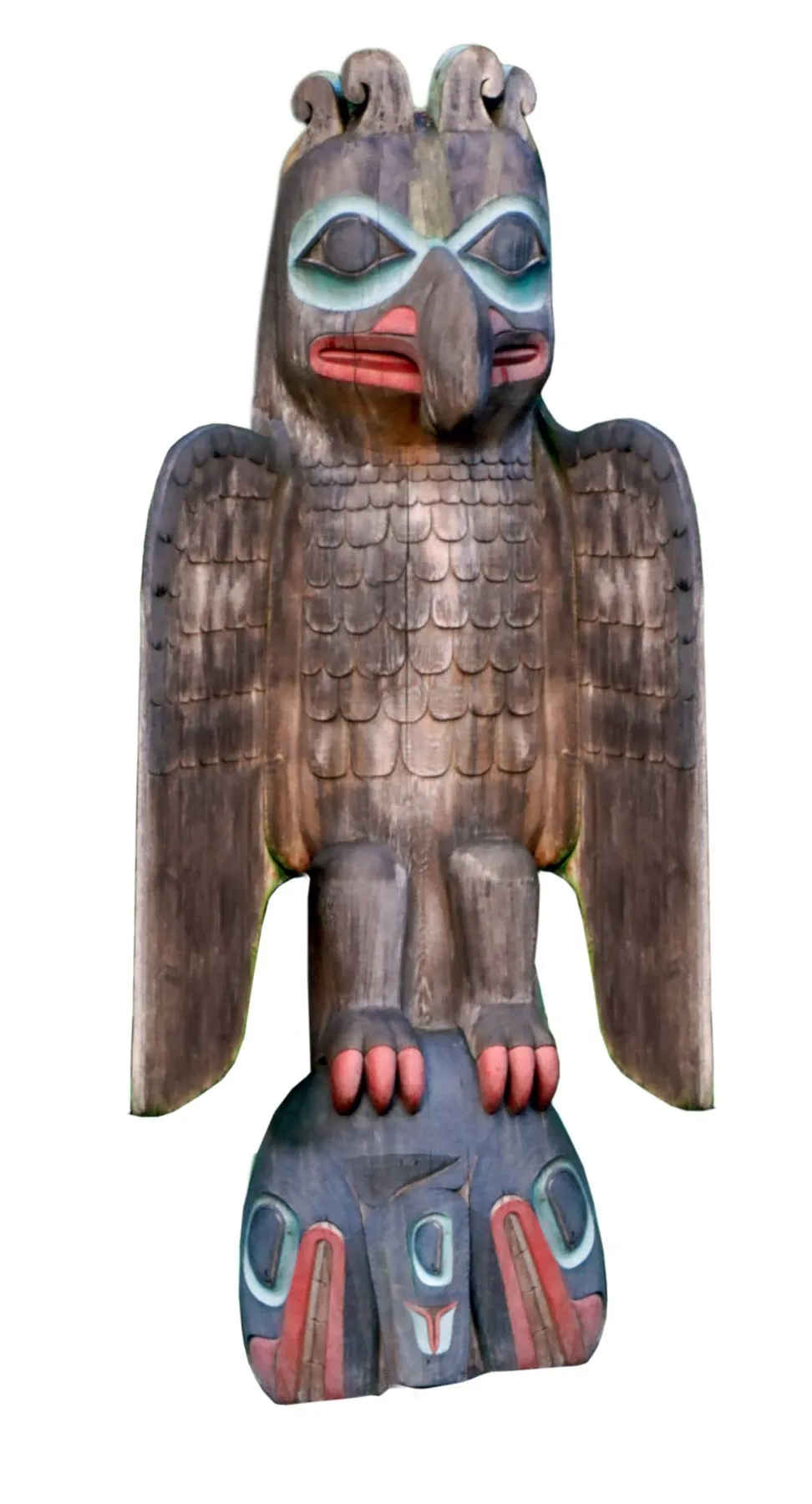 |
 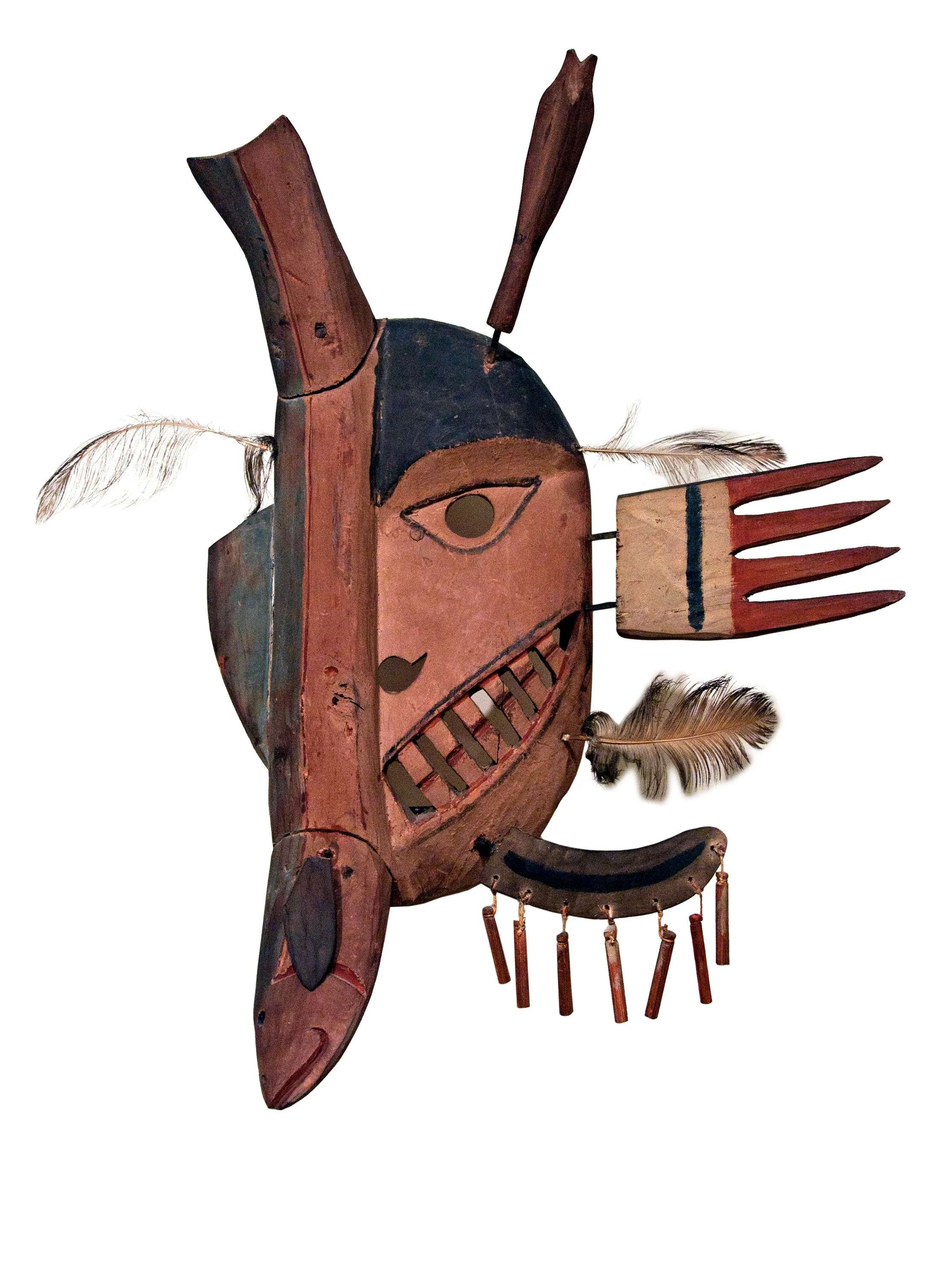 |
2. Transform these statements using modals. Look closely at the clues regarding the degree of certainty of the speaker.
a) I'm not 250px sure but the seal represents innocence. ➝
b) I'd have to check but I also think that the fish stands for the unconscious. ➝
c) There is little doubt: the eagle has good vision. ➝
3. Here is a list of possible roles for a totem pole. Choose the three likeliest solutions and put them on the podium!


1 :
2 :
3 :
2 :
3 :
Ressource affichée de l'autre côté.
Faites défiler pour voir la suite.
Faites défiler pour voir la suite.
Ressource affichée de l'autre côté.
Faites défiler pour voir la suite.
Faites défiler pour voir la suite.
2Aboriginal beliefs
Ressource affichée de l'autre côté.
Faites défiler pour voir la suite.
Faites défiler pour voir la suite.
Activities
1. Listen to the recording and pick out stressed words. Then, choose the right answers.
a) Where do the Yup'ik live? (in Alaska. / in the west of England. / in Eskimo.)
b) The Yup'ik way of life is (modern. / traditional. / a combination of modernity and tradition.)
2. Match the two parts of the sentences to discover Yup'ik traditions.
3. Create a wordcloud about totems.
4. Print this image and write a calligram about the Yup'ik mask. Fill in the space of the masks with keywords about the Yup'ik.

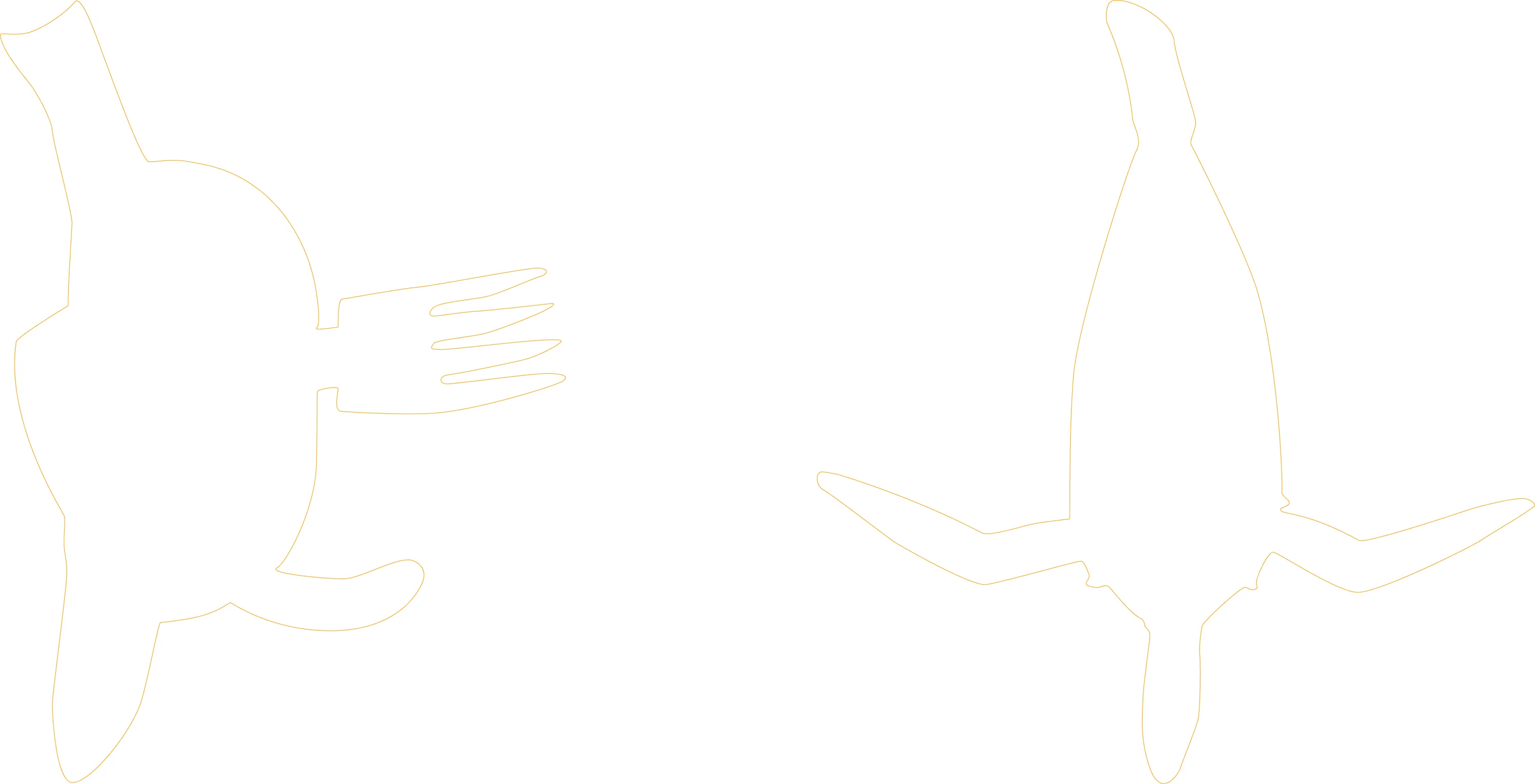
Aboriginal beliefs
a) Where do the Yup'ik live?
b) The Yup'ik way of life is
2. Match the two parts of the sentences to discover Yup'ik traditions.
| The Yup'ik had a shaman to | |
| The Yup'ik gave babies | |
| Yup'ik people have a modern way of life | |
| The Yup'ik practised rituals in which they would | |
| The Yup'ik believed that all |
3. Create a wordcloud about totems.
|
|
|
| ||
| ↖ | ↑ | ↗ | ||
|
| ← | Totem | → |
|
| ↙ | ↘ | |||
|
|
|
4. Print this image and write a calligram about the Yup'ik mask. Fill in the space of the masks with keywords about the Yup'ik.


Ressource affichée de l'autre côté.
Faites défiler pour voir la suite.
Faites défiler pour voir la suite.
Ressource affichée de l'autre côté.
Faites défiler pour voir la suite.
Faites défiler pour voir la suite.
3Native-Americans' Animal Guides
Ressource affichée de l'autre côté.
Faites défiler pour voir la suite.
Faites défiler pour voir la suite.
Activities
1. Match the images with the right words.

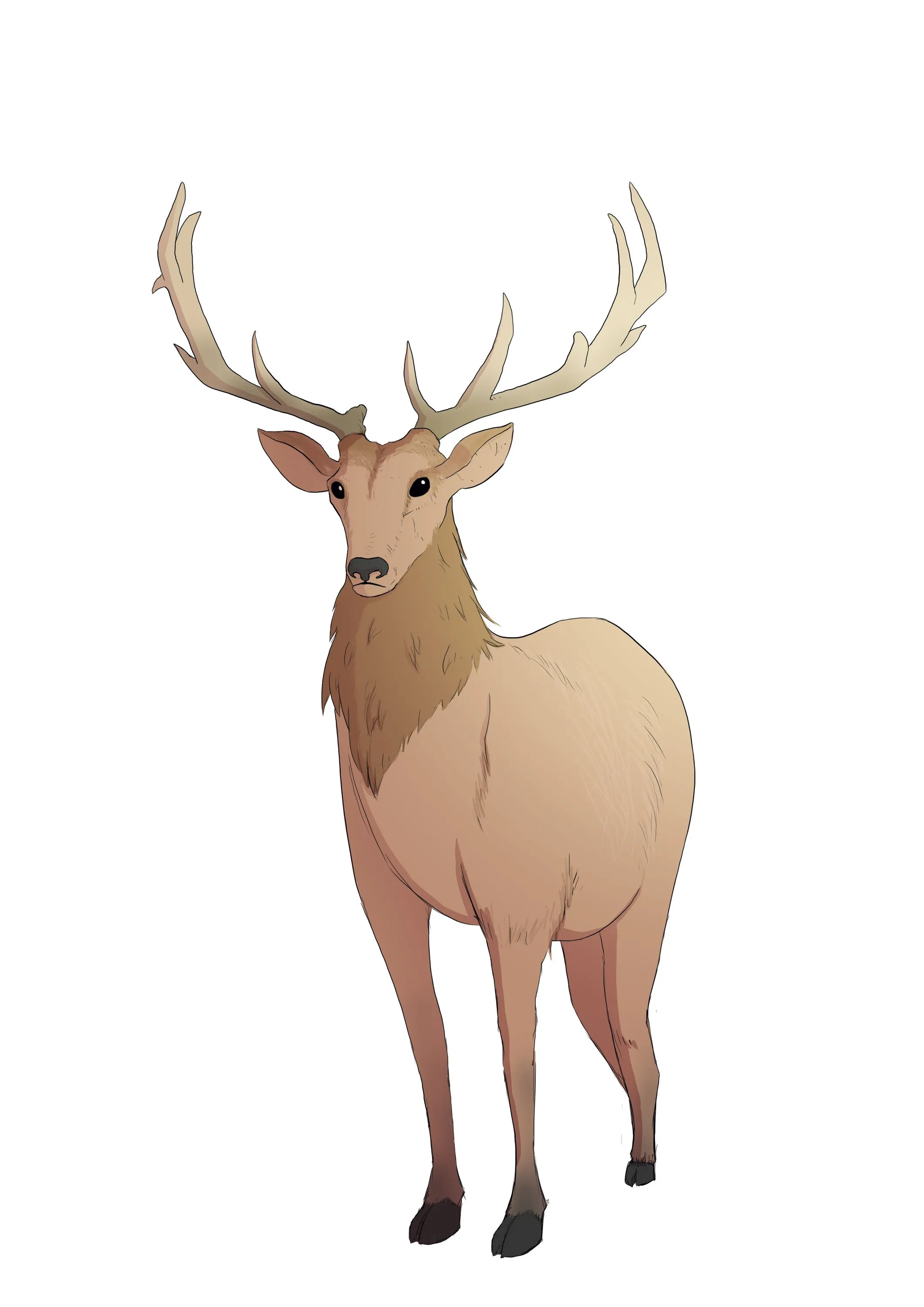

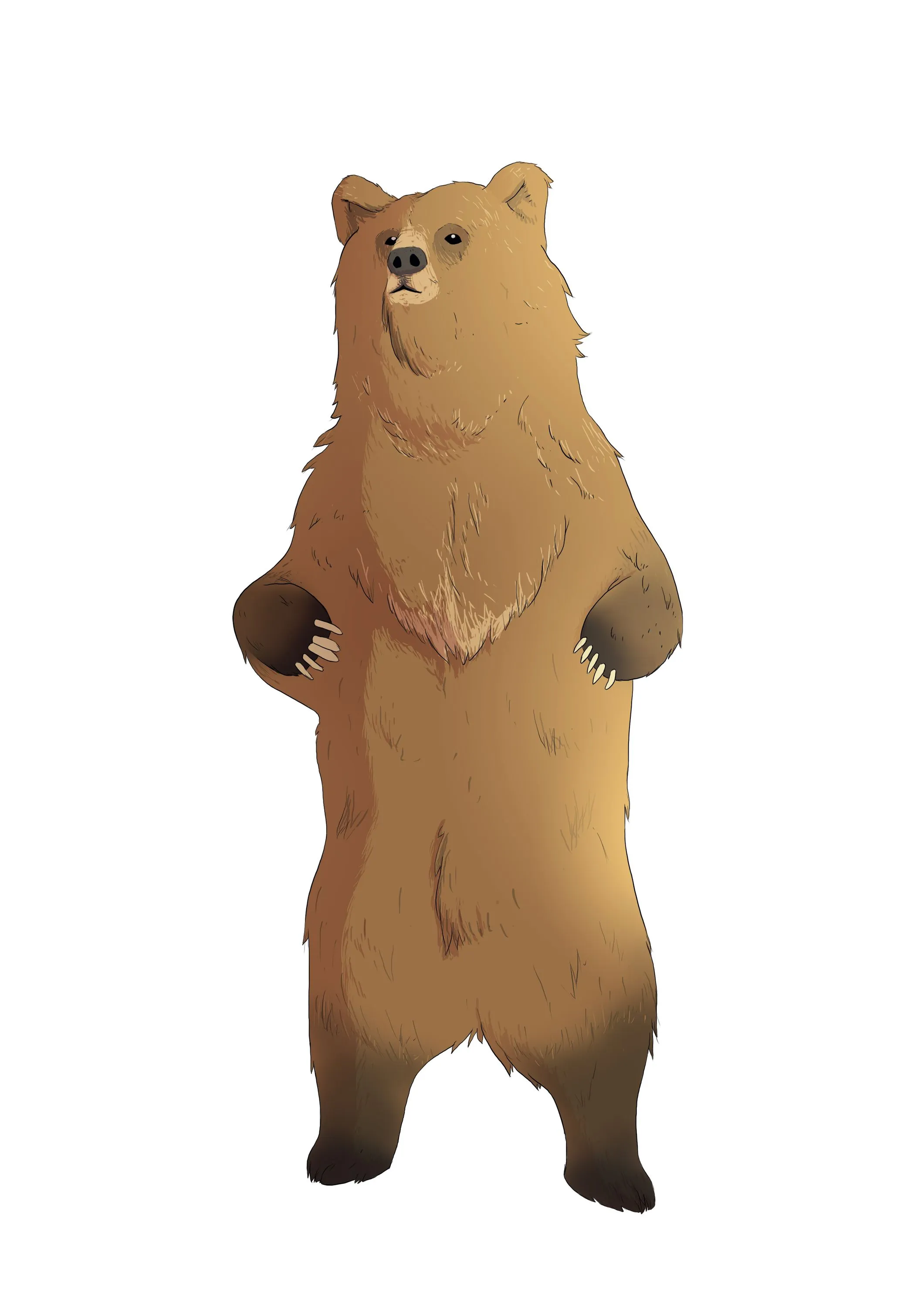

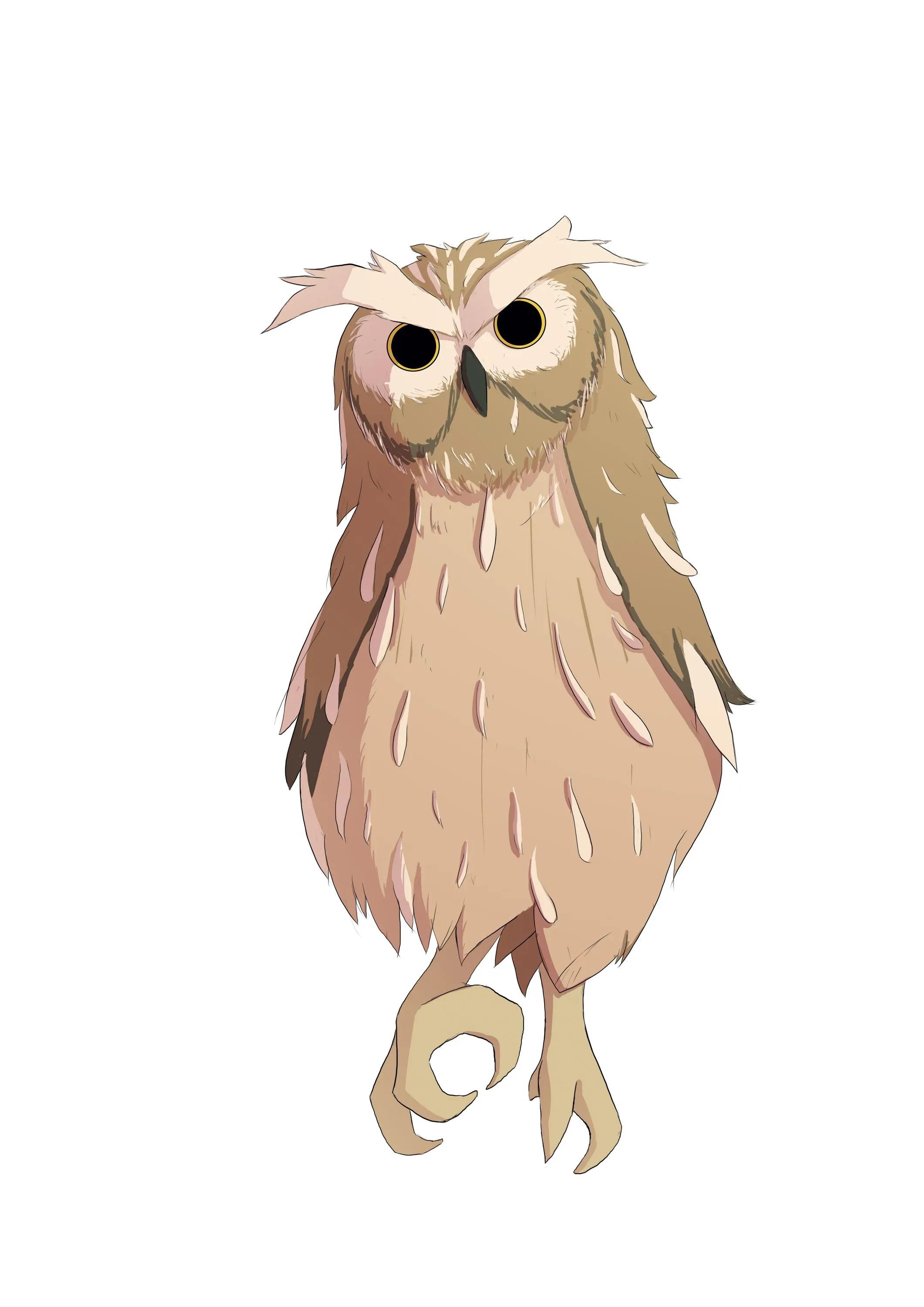

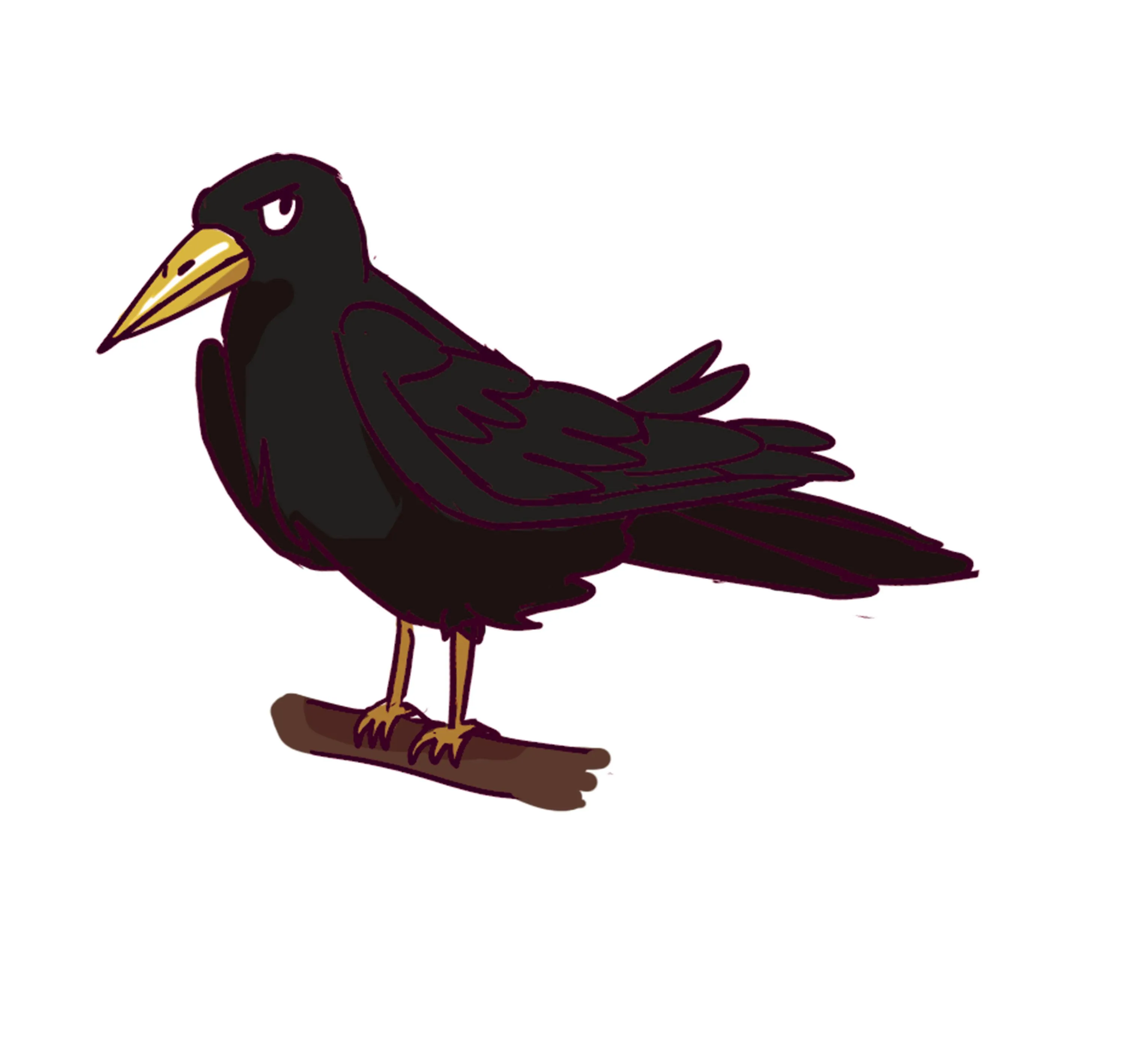

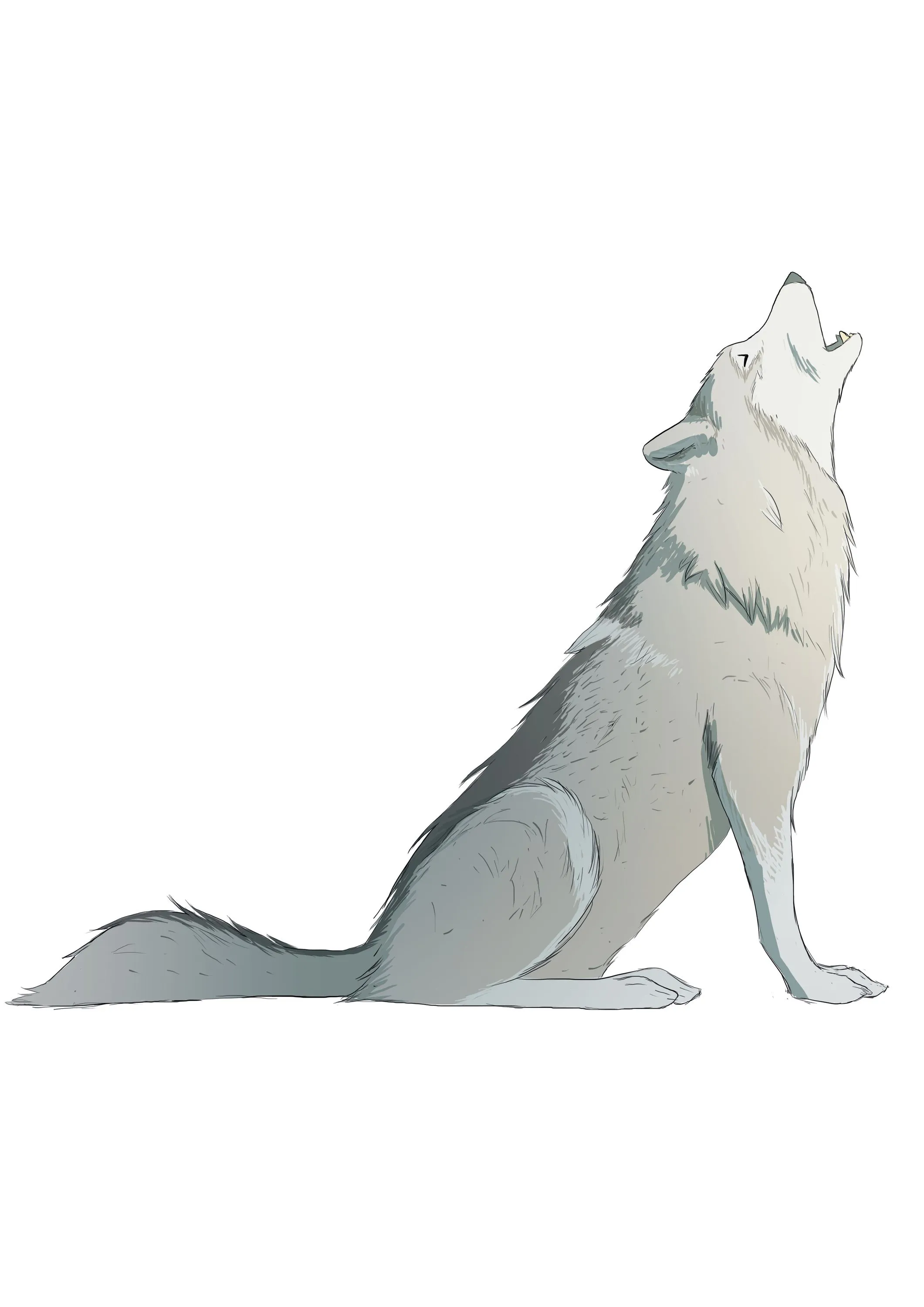
2. Choose the right word in each sentence.
a) With an animal guide, I would never have to feel sadness or again!
b) I would go for a dog! They're very !
c) Having a bear as an animal guide would be so : it would protect me!
d) My dream animal guide would be a swan because it moves with a lot of grace. A animal by my side would be amazing!
e) A bat is not afraid of dark places. Perhaps I would fight my fear of with one of them as a guide.










2. Choose the right word in each sentence.
a) With an animal guide, I would never have to feel sadness or again!
b) I would go for a dog! They're very !
c) Having a bear as an animal guide would be so : it would protect me!
d) My dream animal guide would be a swan because it moves with a lot of grace. A animal by my side would be amazing!
e) A bat is not afraid of dark places. Perhaps I would fight my fear of with one of them as a guide.
Ressource affichée de l'autre côté.
Faites défiler pour voir la suite.
Faites défiler pour voir la suite.
Want vs went vs won't
Listen
Listen: The Yup'ik went /wɛnt/ deer-hunting. They won't /wəʊnt/ come. I want /wɒnt/ a mask like that.
Réfléchis : Repère celui des trois mots en gras qui possède un diphtongue. Went se prononce-t-il comme bed ou gene ? Want se prononce-t-il comme problem ou plant ?
Repeat
Répète : They went away; they won't come back - they don't want to!
Ressource affichée de l'autre côté.
Faites défiler pour voir la suite.
Faites défiler pour voir la suite.
Suffixes
Observe : The crow has no fear: it's fearless. The elk has a lot of power: it's very powerful.Réfléchis : Un suffixe est un groupe de lettres que l'on ajoute à la fin d'un mot. Repère les suffixes dans la seconde partie des deux phrases ci-dessus. Distingue ensuite l'équivalent de ces suffixes dans la première partie de chaque phrase.
Conclus : Je crée un adjectif :
▪ qui a le même sens que le nom, avec
▪ qui a un sens opposé au nom, avec
Ressource affichée de l'autre côté.
Faites défiler pour voir la suite.
Faites défiler pour voir la suite.
Mission 1
1. You're going to make your totem pole...
2. You're going to guess which totem belongs to which classmate...
3. Choose your level:
2. You're going to guess which totem belongs to which classmate...
3. Choose your level:
Une erreur sur la page ? Une idée à proposer ?
Nos manuels sont collaboratifs, n'hésitez pas à nous en faire part.
j'ai une idée !
Oups, une coquille
